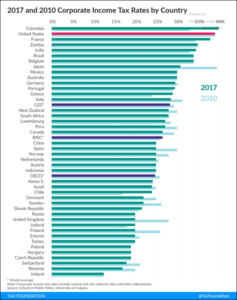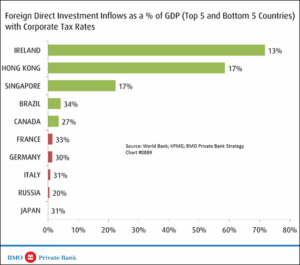Singularity University, based in NASA Campus in Silicon Valley is the world’s leading learning-cum-incubator university for innovation and technology set-up in collaboration with NASA, Stanford etc and we had leading Silicon Valley entrepreneurs presenting here including the guy behind Google Maps.
*OBSERVATIONS OF VARIOUS SPEAKERS THERE*
We are witnessing more disruption in human history over next 10-20 years than what we have seen in the last 20,000 years. Their prediction is that 60% of Fortune 1000 companies will be out of business in just next 10 years.
There is a convergence of exponential development & convergence of technologies and also business models across industries (Blockchain, Artificial Intelligence, Biotech & Genetics, 3D Printing, Solar Energy, Cellular Agriculture etc). These are no longer technologies in the lab, but are already commercialised. So a 10 year old for example will never need to go to college or ever get a driver’s license!
KEY actionable and insights for every business are 1. Organisations built for the 20th Century are destined for failure. Organisations built for efficiency and predictability will fail. They are unable to think and grow exponentially but are predicated on linear growth models. We all come from scarcity mindsets where is the world is moving rapidly to abundance. Ability to rapidly iterate, learn and execute will be required. Today’s 18 year old has the ability to approach the same problem very differently and successfully.
2. People from completely outside the business will end up disrupting these businesses (Zerodha did it to broking businesses without any background). Exponential is when you can deliver price-performance which is 10x better – not 20-50% better. There are several areas and technologies where price-performance is doubling every 12-18 months (Moore’s law from Intel days).
3. Everything which is information based will priced at or move quickly to ZERO. They call this “democratisation” of information (We are seeing signs of this in Equity Research, MF Distribution etc).( In the Dec 2016 quarter, there were more than 450 conference calls held by corporate bodies discussing quarterly results, with discussion note available while I remember less than 50 per quarter a decade ago. Institutional Investors with their superior management access will not offer any distinction in investment performance though may suffer from their herd behavior). The sorry state of mutual fund industry in the US is a prime example in front of us.Entrepreneurs will have to work on alternative revenue streams. Huge implications for all businesses. (Zerodha makes money from float rather than commissions,so is Alipay and so will be Paytm ). Move towards building platforms rather than products. (Google, Apple are platforms whereas Blackberry, Yahoo etc were products).
4. Everything is moving to a Service/Subscription model from a Sales model. Rolls Royce has moved to this model for their aircraft engines! They no longer sell engines. They charge for hourly use and provide analytics on actual usage to optimise for their clients.
4. Large organisations cannot change and do not have the time to change. There is an immune system response, legacy business becoming a barrier and hierarchical structures where anyone over 30 years of age today has very limited clue as to what is happening to the world which will prevent organisations from rapidly transforming.
5. The recommended solution for large organisations is to build teams completely outside their existing business
– which have NO people from existing businesses
– They are given he mandate to build a business model which completely disrupts our own existing business, leveraging these key trends
– to set up a multi-skilled team of 6-7 people which is under 35 years of age, NOT from the existing business or people who are the most willing to challenge status-quo
– Housed independently with no corporate processes at all
– Working on lean startup principles (Design thinking/MVP/Agile)
If such a business turns out to be successful, do NOT bring it back into the Mother organisation. Always keep it independent. In fact, make that the centre of gravity for building new businesses. (Unilever has implemented this globally and 5 of such initiatives/products have become the most profitable of all)
Framework for building Exponential Business Models
Each business needs to drop the vision, mission statement and have a simple Massive Transformational Purpose (MTP) that everyone in the team can understand and aspire to. For example Google has “To organise the world’s information”
Businesses need at lease 4-5 of the following 10 things to create exponential growth.
*S-C-A-L-E & I-D-E-A-S*
S – Staff on Demand (Uber)(How many full-time employees vs Contractors) C – Community & Crowd involvement (Google Maps, Facebook, Quora etc) A – Algorithms (Uber – Matching drivers and passengers, Amazon – recommendations) L – Leverage existing Assets (AirBnB, Uber)(You must never own assets) E – Engagement (Contests, Gamification to driver user engagement)
I – Interfaces (Tech that allows external world to connect seamlessly and easily, example App Store) D – Dashboards (Real-time MIS on key metrics, knowing every key metric in real time) E – Experimentation – (Ability to constantly experiment, iterate and learn) A – Autonomy (How much autonomy to the lowest levels to decide) S – Social (How do you leverage social networks to listen, learn and engage).



